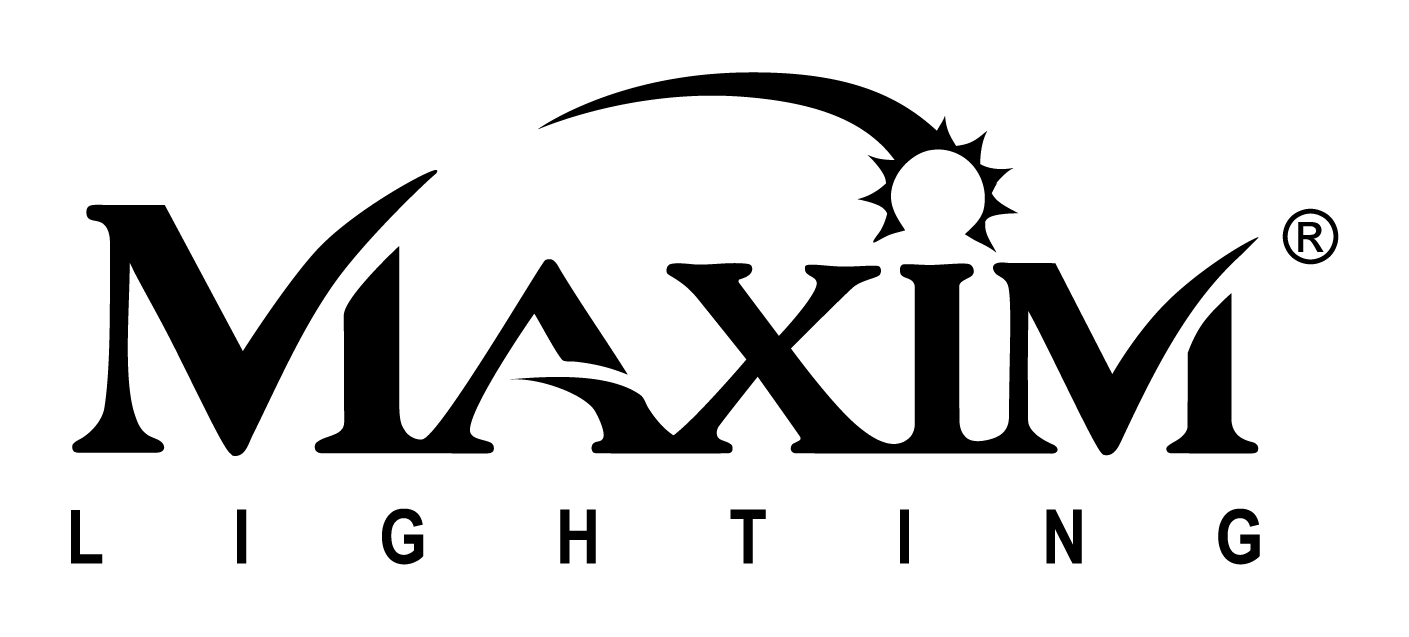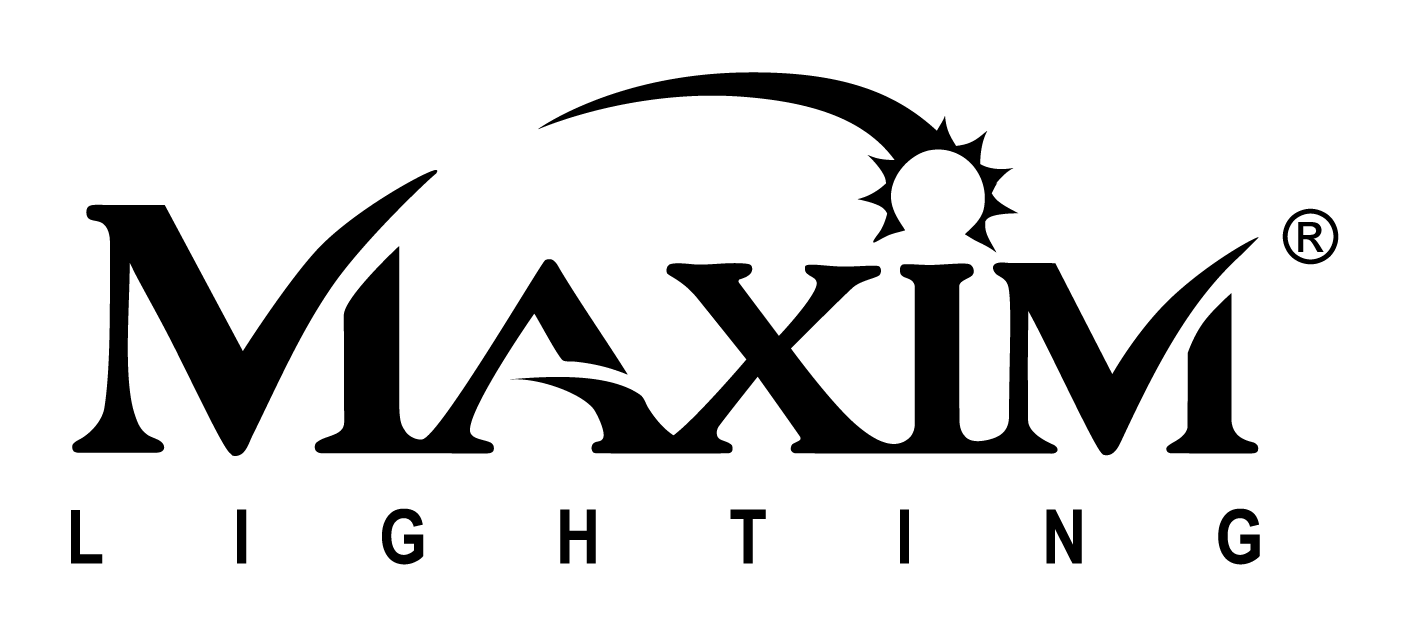
AC vs DC: Understanding Electric Currents
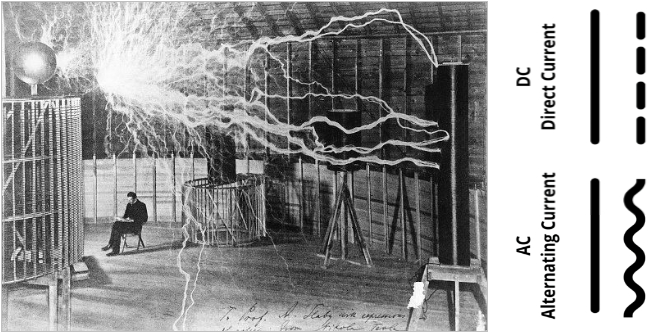
AC and DC, terms you have probably confused with the Australian rock band AC/DC, but the true definition is a lot more electrifying than the music. These acronyms refer to the types of electric current flow found in your everyday electronics, including your household lighting.
How it Started:
AC and DC currents have been around since the 1800's when Edison and Tesla were battling over which was the superior method to power the nation's homes. In short:
DC, or Direct Current causes the electric charge or current to flow in only one direction.
AC, or Alternating Current charges directions regularly.
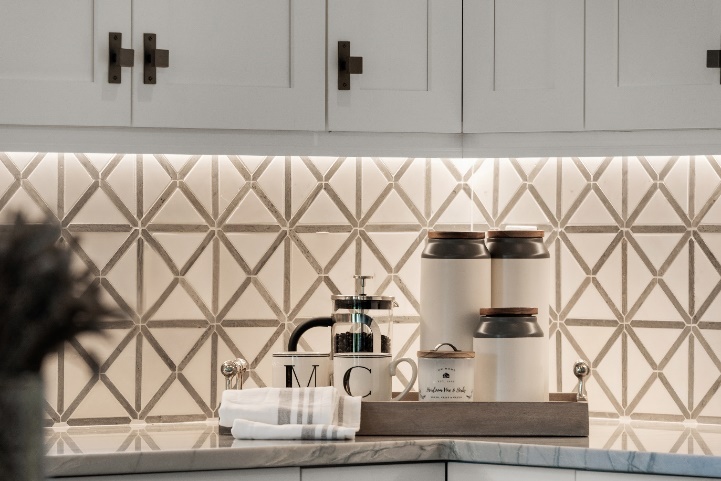
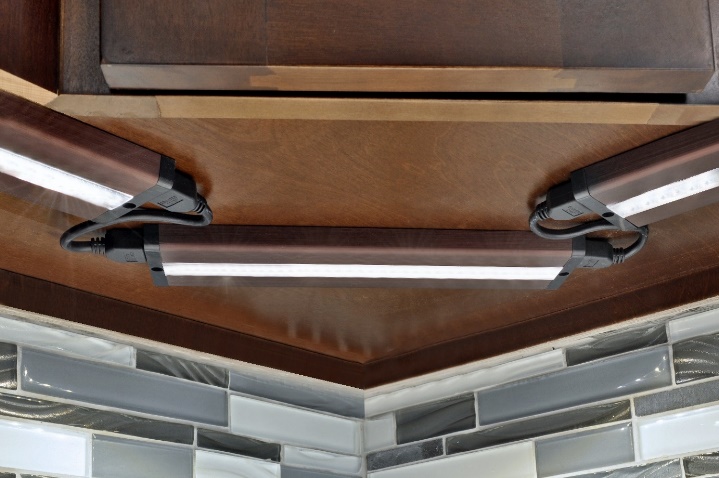
While direct current, developed by Edison, was the standard of early electricity consumption, it was not well equipped to convert power to low and high voltage. Alternatively Tesla's AC was able to power low and high voltage using a transformer. This rivalry would drive innovation in electricity forward for years to come.
How it's Going:
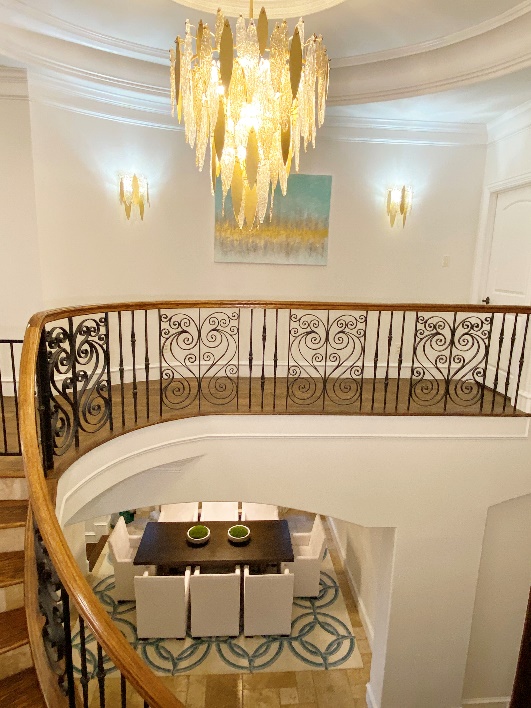 A lot of technological advancements have taken place between Edison’s time and now. The most common usage these days is a combination of both DC and AC power. Since AC is better suited to travel long distances, this is how electricity is delivered from your local power grid to your home. From there it is converted to DC in order to power all of your home’s electricity.
A lot of technological advancements have taken place between Edison’s time and now. The most common usage these days is a combination of both DC and AC power. Since AC is better suited to travel long distances, this is how electricity is delivered from your local power grid to your home. From there it is converted to DC in order to power all of your home’s electricity.
The majority of your home’s lighting fixtures are powered by DC currents. In modern applications, these fixtures contain what is called a transformer. This component takes the AC current delivered to your home via power grid and converts the electricity to DC at the appropriate voltage to correctly power your lights, electronics, and appliances. Because transformers can vary current flow, this makes them great for dimming and brightening home lighting as well.
There are also modern LED Lights, such as Maxim’s Majestic Collection, seen above, that can take the power directly from an AC current without the need for a transformer. Maxim Lighting can supply you with both AC and DC fixtures, see more here.
